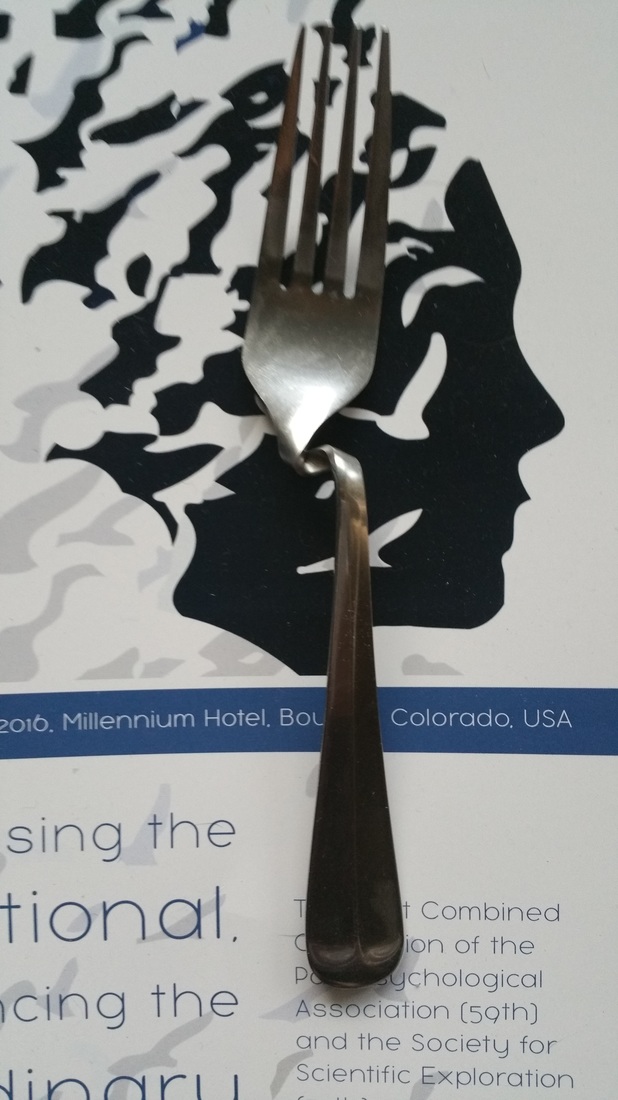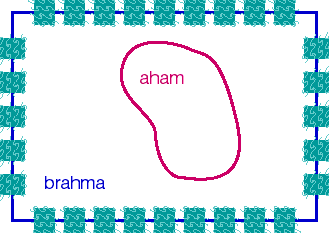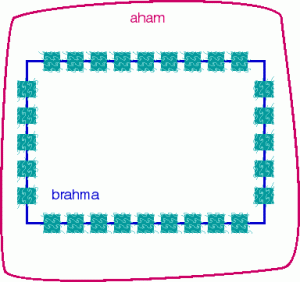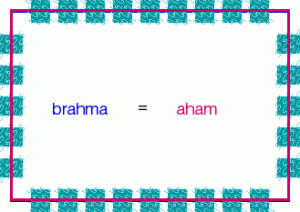|
A very brief analysis on the theory of fire from an Ayurvedic and Jyotish perspective: Fire element has lately been on my mind. Mars has been strong in Scorpio, its own sign, the last couple of months, and even now, in Sagittarius, it continues to be strong. My own inward pitta has been quite high, befitting the transits, a surge in thinking about fire has flowed forth, and my appreciation of the special place of fire has increased. I hope to show you why. The five elements in the theory of yoga, Ayurveda, and Jyotish are
I have written before of how the knowing of them is at least equal in beauty, power, and insight as knowing the periodic table. There are three pitta planets in Jyotish:
The chemistry of combustion is relevant here. According to the linked material, combustion can happen in only two ways: 1. the relatively unusual method without carbon, used with rocket fuel, e.g. Here, vata is completely transformed to pitta (the combination of water and fire). Since space element is on both sides of the equation, in effect, air is transformed to pitta. and 2. the more common method with carbon, used with charcoal, e.g. where z = x + y/4. Here earth and air are completely transformed to air and pitta. Since air is on both sides of the equation, in effect, earth is transmuted to pitta. Thus, only pitta represents transformation itself. Kapha can not be transformed into Vata, nor vice versa. Earth and air can become pitta through methods 1 and 2 above, but again, not vice versa. Pitta truly is at the apex of the equilateral triangle representing the three doshas of vata, pitta, and kapha. It is appropriate then that the tantric symbol for fire is the triangle.  which even looks like a flame. We see this everywhere. To be sure, fire is needed for any transformation, and transformation is
The heat is tamas, Mars. That is why Mars is a tamasic graha. The light is Sun. Sattva. That is why the Sun is a sattvic graha. The flame itself is highly movement-oriented, and rajasic, movement for movement's sake, and may be represented by Ketu. Thus, pitta represent all three of the mahagunas of sattva, rajas, and tamas. Finally, to increase your own pitta, including sadhaka pitta of brilliance of the brain, know that fire requires the twin fuels of carbon and oxygen, of earth and air. (Space as well, but that is assumed and everywhere in the equations, unchanging, unmoving, perfect, and everywhere.) Increase your pitta by eating well (the fuel of carbon) and breathing well (the fuel of oxygen). Everything else will surely take care of itself, the flames moving to a dance of their own accord, transforming you in a way you can trust, in a way that is uniquely complete. Thus, only pitta involves the totality of life, the totality of the material universe, of all five of the five elements, as well as all three of the mahagunas. Fire is life. Perhaps this is why the all-important first word of the Rig Veda is agni, flame, and perhaps this is why Dr. Lad says that agni, our own inner flame, is our life, its measure, its potential, and its meaning. This is why one must attend to one's own inner pilot light, one's cellular agni, so that the flames of perception, transformation, and power are lit appropriately. Do you feel your agni may be low? No need for worry. There are herbs for that.
1 Comment
For those who might have missed it, here is a copy of my remarks at the successful bending spoons event today at the joint Parapsychological Association and Society for Scientific Exploration conference held here in Boulder. I twisted the fork during my demonstration. For a how-to guide on bending spoons, go here.
I want to talk about something for which there is unfortunately only a picture in my mind's eye.
While going to sleep, whether before or after that murky demarcation, I do not know, I saw a beautiful woman on the other side of a window, something like a friend's living room window to be exact. The woman was smiling. I acknowledged her, and then I realized I actually loved her very much, and drew my fascination directly at/toward her. She was me! She smiled at me, and with an explosion of recognition of my self, I awoke sharply, heavily breathing, eyes straight toward the wall, wanting so very much more than anything else to see her again, to know her more, to learn more from her. Who is she/me? That is all I want to know anymore, and this dream/vision gave me my clearest information to date of the essential question, who am I? Also, the peace of knowing a bit of the answer, even of a partial detail, cannot be overstated. Being in the mere memory of it has brought me bliss, contentment, and completion all morning, bliss for which there are not words, and so I bring forward the idea of svastha both to you and to me: the importance of being “situated in the Self”. Smrtr labdhaa. Memory regained. Know thyself. It is all you really have to do. A funny thing happened to me the other month.
I was in the realm before waking, but not asleep. Celestial music filled my room, the most beautiful music ever, and it was very loud. Now, I live next door to elderly, sometimes cranky, people who I generally worry are particular about how loud my music is. I worry enough and was sleepy enough that I had a brief but ridiculous discussion with myself in bed whether I should turn down the celestial music. Sleepy enough not to realize the impossibility of this and yet in bliss from the music, I made the difficult decision to jump out of bed to turn it down. In the seconds before I got up I remember thinking maybe medium volume would be an ok neighborly compromise for music so transcendent, so beautiful. Of course, the music stopped as soon as I popped up. I was sad for days. brahma is the sanskrit word for all that is.
Not all that exists, but all that is. I am that I am – Yahweh For example, let’s say the words “purple zebra”. A purple zebra doesn’t exist, as far as we know, but it IS, because it is in your head right now. Sort of like a black swan. A “black swan” was a word/concept used in medieval Europe to describe something that didn’t exist. Then, when the Europeans went to Australia, lo and behold, there were actual black swans. So brahma is all that is, whether we know it to presently exist or not. You can deify brahma if you want, and give it a Personage, so that you would call it Brahma with a capital B, but you don’t have to. Here, it is “simply” the word for all that is. Clearly, you are part of brahma. In particular I know at least that I am a part of brahma. aham means I in sanskrit but you can insert your name here. The box is dashed because the box, usually reserved for the Universal Set, implies there is something outside of the box, whereas brahma is not just the box on your screen, but your screen, the county it is in, the country, the galaxy, the universe, and perhaps, all universes. So the universal set is porous and hence dashed. Thus, we have “aham is a subset of brahma.” Hopefully, that’s not too hard to cognize. Yoga teaches us what can be a surprising thing: all of everything is a subset of us. The kingdom of heaven is within you. – Jesus As you do to the least of these you do unto me. – Jesus sarvabhuutastham aatmaaanam sarvabhuutaani caatmaniiksate He sees the Self in all beings, and all beings in the Self. (Bhagavad Giitaa, 6.29) So “brahma is a subset of aham.” If aham is a subset of brahma and brahma is a subset of aham, then the only mathematical conclusion is that aham IS brahma. We ARE the porous “box” of everything that is. One picture becomes the next. In sanskrit, this is said by the ancient inestimable phrase: “aham brahmAsmi”, which simply means “I am brahma.” To explain this further I like this quote: The concept of unity is used to cancel the concept of the many; the concept of self (infinite consciousness) is used to cancel the conceptualisation of unity. [The term “unity” itself implies disparate objects. Ed.] The self can neither be conceived of as existence or non-existence, it is what is. (Vasistha’s Yoga, p. 400) You are what is. Truly, Om tat sat. (Thou art that.) “A double-minded man is unstable in all his ways,” says the Book of James
Yama, niyama, Asana, prANAyAma, pratyAhAra, dhAraNA, dhyAna, and samAdhi are the eight limbs [of yoga]. Yoga Sutras, II.29 I’ve recently been in something like love with the concept of dhAraNA, “focusings”, that leads to an incredibly important quality, steadiness. Steadiness sounds rather dry, doesn’t it? It’s yet another concept that I didn’t process very deeply at first in the Sutras. I think it gave it short shrift: “Yeah, yeah, yeah. I know. I need steadiness.” Yet I’ve come in the past 6 months to really come to know and appreciate steadiness if not to have wonderful amounts of it. As Shree Karunamyi says, “How can you drive on the interstate [of life] and not have steadiness? You’ll get in an accident.” It takes me awhile to appreciate even the beginnings of what the Greats have to say, and so it was with the above. Focusing (dhArANa) fully deserves its place as a full limb – equal with Asana – of yoga, and one of the three distinct inner limbs that together – dhAraNA, dhyAna, and samAdhi – are the definition of the all important siddhi “perfect regulation of citta [consciousness]” or sanyama. The Sutras even tell us how to acheive steadiness through sanyama on the “subtle channel in the shape of a tortoise in the chest below the throat pit”. (III.31) I’m just beginning to appreciate steadiness in my own life. It’s really been a theme lately. It’s amazing how much even a little bit of can improve a situation. I feel like I’ve finally discovered a key to my own life, only one of many available to a hyper-dimensional door, but it is so powerful that I just wanted to say a little about it. The pursuit of book‐learning brings about daily increase.
The practice of Tao brings about daily loss. Repeat this loss again and again, and you arrive at inaction. Practice inaction, and there is nothing which cannot be done. ‐ Lao Tzu I had an interesting experience the other day: I was within the field of consciousness if only for a minute.
I had my feet up as it happened. I looked at my feet and said, “What nice feet.” I wasn’t actually just complimenting my feet. I was the self as it is upon waking and before cognition. I was the me that is still me in my few visits to past lives. I was the me that is still me in my one surprising preview of a future life. I was my eternal self, the “seer in my own nature” (I.3) It may sound funny, me just looking at my feet, but I swear to you: it had the effect of a thousand storms. Many if not most of you have been in this sort of being at least for a little while. The Yoga Sutras say yogaz citta vRtti nirodhaH Yoga is the process of ending of the definitions/limitations of the field of consciousness. (I.2) and the Yoga Sutras give 10 recipes for how to clarify the field of consciousness which is citta (and yes one basically is dreamwork). I think I just stumbled upon the truth of one of them, from Chapter one, sUtra 35, that goes like this: viSayavatI vA pravRttir utpannA manasaH sthiti-nibandhanI Or, a cognition which has arisen, related to a sensory object, holding the steadiness of mind (clarifies citta). (I.35) There are no accidents, but how to make this happen again? The ten ways, from Yoga Sutras I.33-I.39: being in the realization of friendship with regard to the experiences of : — happiness — compassion with pain — elation with virtue — neutrality with non-virtue also –holding in or out of breath — [what I said above] holding cognition of a sensory object with a steadiness of mind –cognition which is sorrowless or luminous –cognition of an object which transcends attachment –having as supporting object the knowledge of dreams or sleep –whatever desired way of meditation I love this series of passages. They are pretty succinct all in all, wouldn’t you say? And I really appreciate the thought of the last one: “whatever desired way of meditation”. It feels very welcoming and supportive. I guess I am only in chapter one in my journey to realizing yoga, (pitta alert!) but it was a great experience. Why not work with the advice of the ten ways to being in this state all the time? What’s the danger? I’ll tell ya what it is for me: attachment. Attachment is holding on to prior happiness. (II.7) Dislike is attachment to prior pain. (II.8) That’s all there is to it. Sigh. He who is freed from attachment, liberated, whose mind is established in wisdom, who acts for the sake of yagya, his action is entirely dissolved. (BhagavAd GItA, 23) [Dr. Lad seems to embody the above paragraph to me.] I remember growing up in the 70’s. I would watch “60 Minutes” Sunday nights with my dear grandparents and have some quality time with them.
A younger Dan Rather somberly intoned not once but a few times on the emergent cultural manifestations of “cults” taking over the young people. Kool-Aid people, EST, the Hare Krishnas, Osho followers, and Transcendental Meditation were all grouped together. I remember specifically the “proof” that these were scary terrible sects. Something about not being able to go to the bathroom. As a glad initiate now into Transcendental Meditation, and able to go to the bathroom whenever I want to, I kind of laugh at these memories of the show although it affected me at the time. I am now friends with a number of people who were lucky enough to be in the movement in the 70’s. Also interesting to me is how the word “brain-washing” came up on the TV segments again and again. (Are there any youtube videos of these early shows? I couldn’t find them with a cursory search.)) You know what? The funniest thing is that I do feel like my brain is literally washed when I meditate, not in the old 60 Minutes sense, but like fresh laundry on a sunny morning. It’s considered hygienic to wash your body of dirt and impurities. Why not wash and rinse your mind of unneeded stresses, even addictions (I am told), and hopefully, ultimately, of old vasanas and samskaras? What are we collectively afraid of here? I’m just curious. Are there some attachments to the cultural significations of some of these impurities? Sutra of the day: That repetition of a word [it's] meaning [is your] experiencing/becoming.5/27/2008
What you do repeatedly is what you are. – Aristotle
The Yoga Sutras of Patanjali are like a hyperdimensional door with many locks. Each suutra seems to be the key. It’s hard to have a favorite, but this week’s one for me is: taj-japas tad-artha bhaavanam (1.28) The grammar of this sutra is straightforward unlike that of many. The vocabulary is crystal-clear. In translation it is: In that repetition of a word [it's] meaning [is your] experiencing/becoming. There are very good words to choose to repeat, a whole science called mantra to it. Perhaps, start primordial and say the simple all encompassing “Om”, the word suggested by the Yoga Sutras, but don’t say it too much, or as Dr. Lad has said, you may just psychologically lift off the planet forever. Maybe it’s better to say God, God, God, God, God, God…. There are some other mantras that are good for us all, and then there are ones given to us personally by a trained yogi. Really, there is a whole field in itself and I’ll just leave this post at briefly alluding to it. Whatever you say with repetition, you become. So be careful of what you say. And with that care, become anything. |
ARTICLESAuthorRenay Oshop - teacher, searcher, researcher, immerser, rejoicer, enjoying the interstices between Twitter, Facebook, and journals. Categories
All
Archives
September 2023
|
© 2008–2024 Renay Oshop AyurAstro®










 RSS Feed
RSS Feed